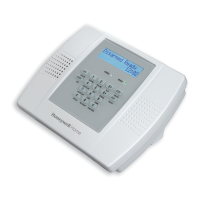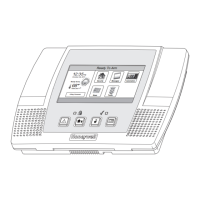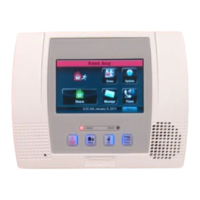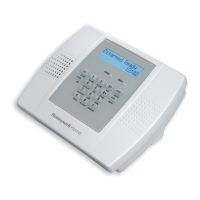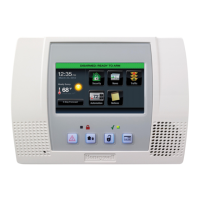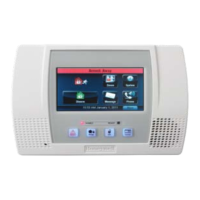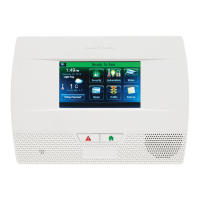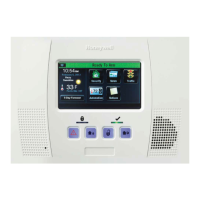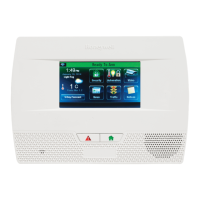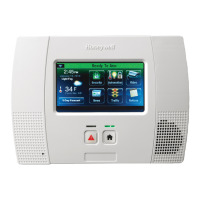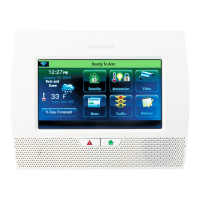– 9 –
QUICK VIEW OF SYSTEM FUNCTIONS
QUICK VIEW OF SYSTEM FUNCTIONSQUICK VIEW OF SYSTEM FUNCTIONS
QUICK VIEW OF SYSTEM FUNCTIONS
NOTE: = Boxes represent the entering of your 4-digit user code.
SECURITY FUNCTIONS
Checking system status: --------------------- STATUS
To arm in STAY mode: ----------------------
*
+ STAY
To restart exit delay: -------------------------
*
+ STAY OR STAY
To arm in AWAY mode: ---------------------
*
+ AWAY
To arm with NO DELAY: -------------------
*
+ AWAY or STAY + NO DELAY
To arm if Quick Arm is active: ----------- AWAY or STAY (hold down for at least 2 seconds)
To disarm system and silence alarms: + OFF
Note: During Entry Delay or when an Alarm Condition exists, the LynxSIA Plus can be disarmed by entering the User
Code. Entering the OFF key is not required
To bypass a zone(s): --------------------------- + BYPASS + 2-digit zone number(s)
To turn Chime mode on or off: ----------- FUNCTION + CHIME
*
Security code is not required if Quick Arm is active. Instead, press and hold down the STAY
or AWAY key.
MESSAGE CENTER
To record a message: ------------------------- FUNCTION + RECORD
To stop recording before end of 85 secs: OFF
To play back a message: --------------------- FUNCTION + PLAY
To skip a message:----------------------------------- [✻]
To delete all messages: --------------------------- FUNCTION + DELETE (during message replay)
VOLUME ADJUSTMENT
To adjust message playback/announcement volume: FUNCTION + VOLUME + [3] or [6]
To mute system announcements: ------- FUNCTION + VOLUME + OFF
To restore/unmute announcements:---- FUNCTION + VOLUME + [3] or [6]
SPEAKER PHONE OPERATION
To enter speaker phone mode: ----------- [#] + AUX
To exit speaker phone mode: ------------- OFF
To enable/disable (toggle) ringer: ------ [#] + VOLUME + AUX
To return keypad to telephone mode (after clearing an alarm or trouble or disarming the system): [#] + AUX
To flash (switch back and forth between two calls using call waiting): AUX
(wait at least two (2) seconds before pressing AUX again)
(only if programmed
and system is armed
in Sta
mode.
